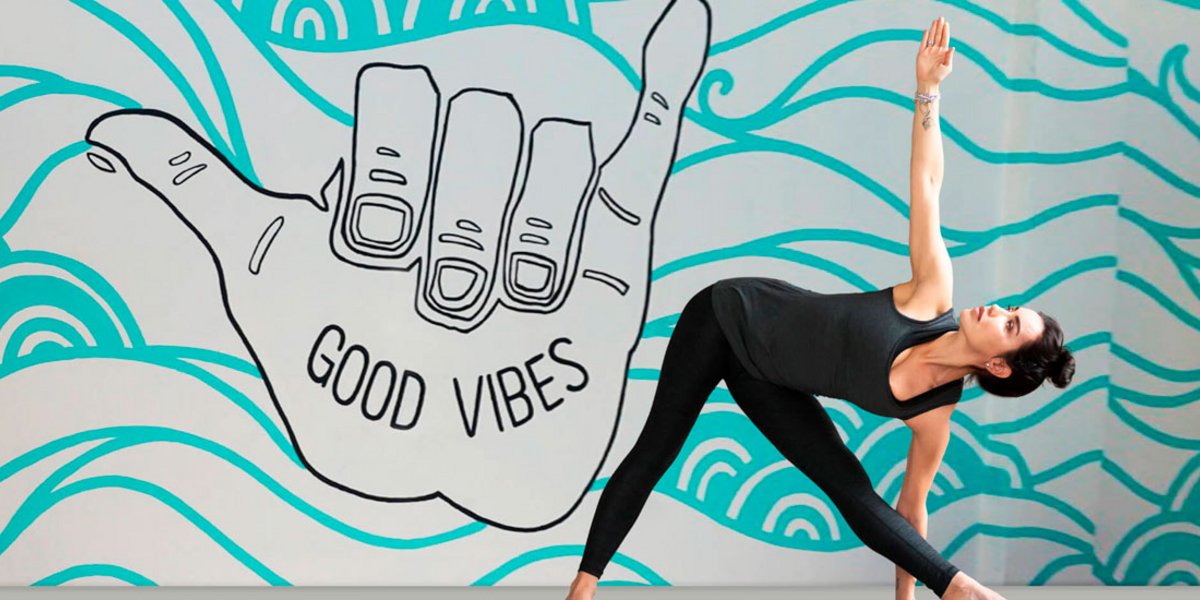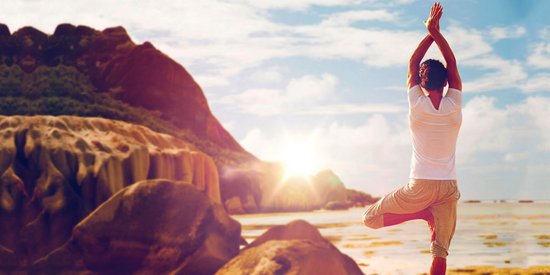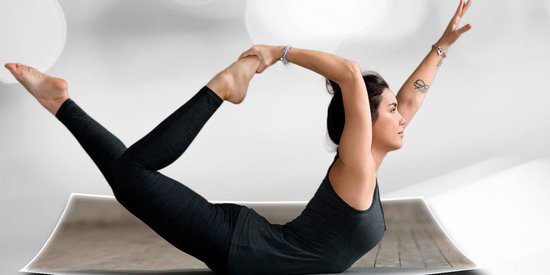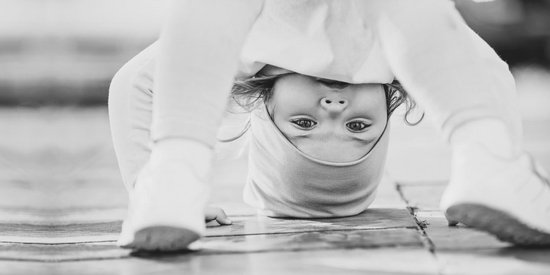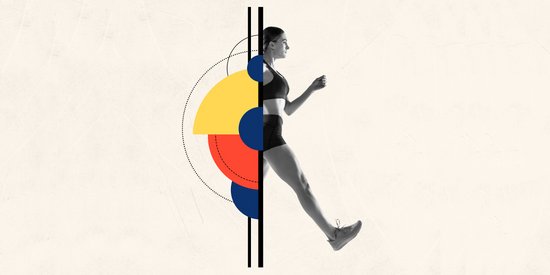Ashtanga Yoga is a style of yoga developed and founded by K. Pattabhi Jois. It is known as the "Yoga of eight limbs", which summarizes the great idea of Pattanjali. According to this philosophy, the path of purification consists of eight spiritual practices.
The first four “limbs” or branches that form Ashtanga Yoga are: yama, niyama, asana, and pranayama. They are considered to be practices of purification as an external element. The other groups of branches are pratyahara, dhyana, dharana and are internal practices.
These branches can only be achieved through the correct practice of the Ashtanga Yoga method.
K. Pattabhi Jois affirms that practicing these eight branches as well as the sub-branches of external practices niyama and yama is not possible. Because if the body is weak and the sensory organs do not work well, the practice will never be useful. It is indeed necessary that the body is strong to be able to carry out the practices satisfactorily.
It is a philosophy that K. Pattabhi Jois has applied and it is important to understand that in practice, you can be sure that the body will improve, that you will strengthen it and maintain it in better health.
Vinsaya and Tristana are the practices associated with Ashtanga Yoga.
Finally, I have found my ideal yoga method!
Vinsaya is a style that distinguishes Ashtanga and its principles from others. Vinsaya includes the movement and breathing that are used for the internal process of cleansing.
Each movement performed is accompanied by a single breath. Sweat is the most important product of Vinsaya.
When you produce sweat, it actually means that you are successfully applying the practice. When you do the asanas, the body creates a heat that boils your blood, so that toxins from your body are expelled. The toxins are in your sweat. So, the more you sweat, the more the toxins are released.
The poses are used to fully develop the strength and health of the body. The series of practices makes this possible. There are three poses used in Ashtaga Yoga.
The three are classified at different levels.
• The first is the primary series that aims to align the body and detoxify it.
• The second is the intermediate series; opening and cleaning the energy channels that enter the process of purifying the nervous system.
• The last series is the advanced series from A to D. In this series, grace and strength are evaluated.
Ashtanga Yoga uses a threefold approach to yogasana called Tristana, which represents the union of three areas of action and attention. First, the poses, then comes the breathing technique and finally the Dristhi, the Gaze.These three areas of action should work in symbiosis to fulfil a function.
Breathing techniques are simultaneous and synchronized
It is important that one breath accompanies each movement.
Ujjayi breathing is the yoga breathing technique used in the practice of Ashtanga yoga.
The use of this technique should be extended after each practice.
What you need to master is keeping the pose as long as possible while holding your breath. This is an incredible breathing exercise that will increase your internal fire and strengthen the nervous system.
Ashtanga and Tristana both incorporate Dristhi. The Dristhi is described as the point on which you focus or focus while doing the Asana.
This allows your mind to be purified and stabilized.
Ashtanga yoga, for whom?
Natalie Komang-Lee invites us to travel to a discipline which is now well known and recognized. Ashtanga yoga is accessible to all, for me it remains the most complete yoga because it includes all other traditional yoga practices. It will always be more convenient to have a guided course, because we always start working the easiest series.
Ashtanga: a dynamic form of yoga
This is a practice that allows you to develop both concentration and balance, I have always tended to call it the “yoga of results”. It should be said that Ashtanga Vinyasa yoga is quite possible for beginners.
Purifying the mind for the purpose of acquiring an increased psychic vision is the great benefit of eight-limbed yoga or Ashtanga Yoga.


